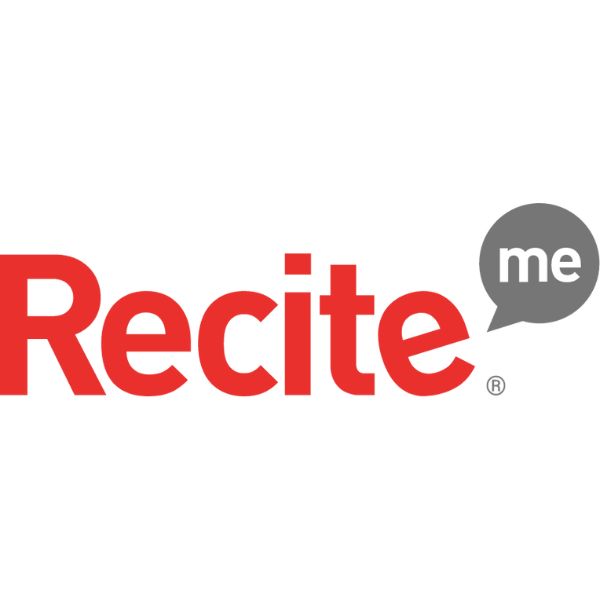Insights
INSIGHTS
All Topics
My Account
How to make your data meaningful
16 Feb 2023by Christine Chiu
We look at how to make your data meaningful by using new digital tools, crafting the perfect narrative, making use of outside resources, and so much more
Numbers and statistics speak a lot of sense when put into context. Data can also squarely define what is happening when used right. They can support the work being done, or shine light on a problem. For most charities, data is a powerful way to inform fundraising.
Equally, there are many pitfalls. Common mistakes that people make include not defining what the data objectives are or considering the ethical framework.
Making data meaningful is about balance. Here, we go over what works and what doesn’t work when approaching data analytics.
Craft your narrative
Before getting ahead of the task, take time to research the narrative. What’s the context of the research or numbers? Where’s the data coming from? Defining and creating the story backdrop helps place the figures.
Column Five Media explains in their blog. They say: “To get the full picture, you need to dive into the data, extract those insights, and turn them into a proper story.”
Making data meaningful means finding the story within.
Good data story telling means, according to Microsoft: “Analysing all the raw data you’ve gathered to confirm a hypothesis and, hopefully, the determined change you’d like see come from introducing your data story.”
Put simply, to create meaningful data, take a step back before diving in to see the bigger picture. There may be a ‘guess’ that you’re trying to prove and that will help weave the data together.
Collecting the data and tools to use
Once the narrative is formulated, start digging and try to find the evidence. As a start, you can collect big data that includes information on:
- Service users and beneficiaries
- Engagement data
- Outcome information
- Impact data
- Donor data
Data analytics as a strategy can inform on what’s already available. Trawling through the donor and audience CRM forms a picture of the situation. Predictive analytics can take that one step further by making an informed guess about the next trend.
Reaching out to audiences for their views on new topics is popular. Charities engaging in collecting survey data have the advantage of fresh, tailored data. Digital tools are widely available.
Hubspot recommends choosing the right platform for the outreach. Social media is great for a couple of questions, but longer responses might be better consumed via email or surveys.
Our top tip here is to stay focused – it may be that gathering less data is more meaningful.
Keep your audiences interested
Now that the data has been selected, seeding the story into media is challenging. Text and plain numbers tend to lose audiences.
Infographics pique interest. With a single image, an entire narrative comes across. The best examples mesh eye-catching images with staggering numbers and commentary.
Barnardo’s children’s charity shows how data is meaningful. In a simple infographic, they summarise the importance of their purpose. They divide the graphic into thirds. Each third includes a data point that quantifies the problem. In England, 1.7 million children missed school, one in six were likely to have a mental disorder, and 3.9 million children are living in poverty. The infographic uses those numbers along with icons to really make it hit home.
Data doesn’t have to be just numbers.
The British Society for Plant Pathology’s inaugural Student Infographics Competition illustrates how to best use words and images. The winning piece in 2020 showed audiences how to recognise acute oak decline. The pictures gave readers a good guide on what causes the disease and how to treat the trees.
When planning infographics, select what data is most relevant and make sure the photos match up with the message.
Digital resources to turn to
Creativity counts when reporting on data. Not only do charity leaders need to have a gut feeling on the data trends but they may also have a firm idea of how to present the findings.
Our top digital tools include popular templates to tease out the research:
- Canva: A staple, Canva’s free templates are customisable. Using the infographic settings, creators can quickly design and add bespoke elements like numbers, photos and text
- Piktochart: Another favourite, Piktochart offers complex graphics and charts. Here, you can add Excel files and platform will create beautiful charts for you
- Venngage: Choose from over 10,000 templates for infographics, reports, diagrams, and presentations. This platform is for sophisticated comms teams looking to create professional content for external audiences
- Infogram: The platform’s basic tools are free, but selection is limited. The main advantage here is that the templates accommodate a lot of text, so if your message is wordy, this is a good choice
More on this topic
Recommended Products
Featured Products
Our Events
Charity Digital Academy
Our courses aim, in just three hours, to enhance soft skills and hard skills, boost your knowledge of finance and artificial intelligence, and supercharge your digital capabilities. Check out some of the incredible options by clicking here.






















